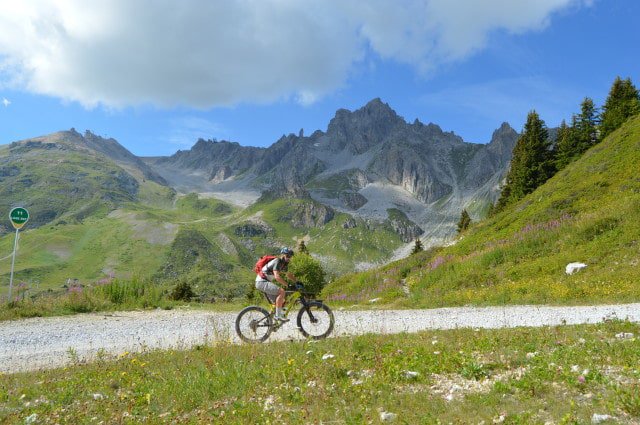Get Fit… Fast!
Maximise your training time, and get fit fast, with this simple training strategy.
Maximise your training time, and get fit fast, with this simple training strategy. – By Mark Carroll
Maximising your training time is always the best way to get fit fast; and if you need to speed up the process, training wisely and recovering quickly is the key to rapid fitness.
But what’s the best way to distribute training intensity? Although there will always be debate around the exact ratios, there are two clear training intensities that guarantee success:
> Long, steady rides
> Maximum-intensity intervals
The challenge is to temper your intensity on the easy days, and go hard enough on the hard days. Most cyclists get intensity wrong by doing it back to front – going too hard on the easy days, and not hard enough on the hard days. Once you understand these intensities, you won’t fall into this unproductive trap.
Long, Steady Distance
Low intensity – also referred to as Long, Steady Distance (LSD) – refers effectively to training at a heart rate below 75% of maximum, or 7/10 on the Rate of Perceived Exertion. LSD stimulates complex metabolic processes that increase your aerobic engine, cardiac output, and (thanks to the high volume of repetitions) efficiency and economy of pedalling. These are adaptations that are not stimulated by using high-intensity intervals.
The best way to judge intensity is the talk test. If you’re riding so hard that you can’t say a complete sentence without pausing, you’re going too hard.
High-Intensity Intervals
High-intensity intervals contribute to improved mitochondrial density and increased heart capacity. They also provide unique adaptations, such as raising your VO2Max; strengthening muscles for high force-production; and improving cycling speed, the ability to accelerate, and the ability of the muscles to endure repeated hard race-efforts. High-intensity intervals are workouts at over 80%, and should leave you breathing heavily.
Notes: High-Intensity Intervals
> Heart rate is a useless measurement in some high-intensity intervals, because the interval may be too short for the heart rate to peak – for example, 6-10 repeats of 30- to 60-second hill repeats with a three-minute recovery.
> During longer (but still intense) intervals, heart rate will creep up to around 95% of maximum after repeats – for example, 6 repeats of four minutes flat out, two minutes recovery.
> Set aside two days a week for your high-intensity days. Rope in a cycling partner of similar strength to help motivation – there’s nothing like KOM hill repeats to help push you.
> On in-between days, if time is not on your side, do a constant-load one-hour interval, keeping heart rate/effort level at around 75% of maximum. If you have the luxury of two- to three-hour rides in the week, drop below 70% of heart rate while maintaining a persistent tempo.
Notes: LSD
Most of us ride a bike for the pleasure of the sport, not for income. With that in mind, you will find your weekend rides just don’t quite hit the training-zone plan; and that’s just fine. To still reap the benefits, focus your weekday training in the polarised zones – and then have fun smashing LSD round the South African countryside with your cycling mates on the weekend.
[box]
Sample Week
Monday Rest
Tuesday 20-minute warm-up. 6-10 repeats of 30- to 60-second hill intervals, with a 3-minute recovery between each repeat. 20-minute cool-down.
Wednesday 90 minutes LSD, below 70% of maximum.
Thursday 20-minute warm-up. 6 repeats of 4 minutes flat out, 2 minutes recovery. 20-minute cool-down.
Friday Rest
Saturday 2-3 hours LSD, below 75%.
Sunday Rest/Easy LSD, below 70%.[/box]
Mark Carroll is the owner of Cadence Cycling Performance Centre and is a Level 2 Cycling Coach, registered with Cycling South Africa
READ MORE ON: hills strength training programmes


